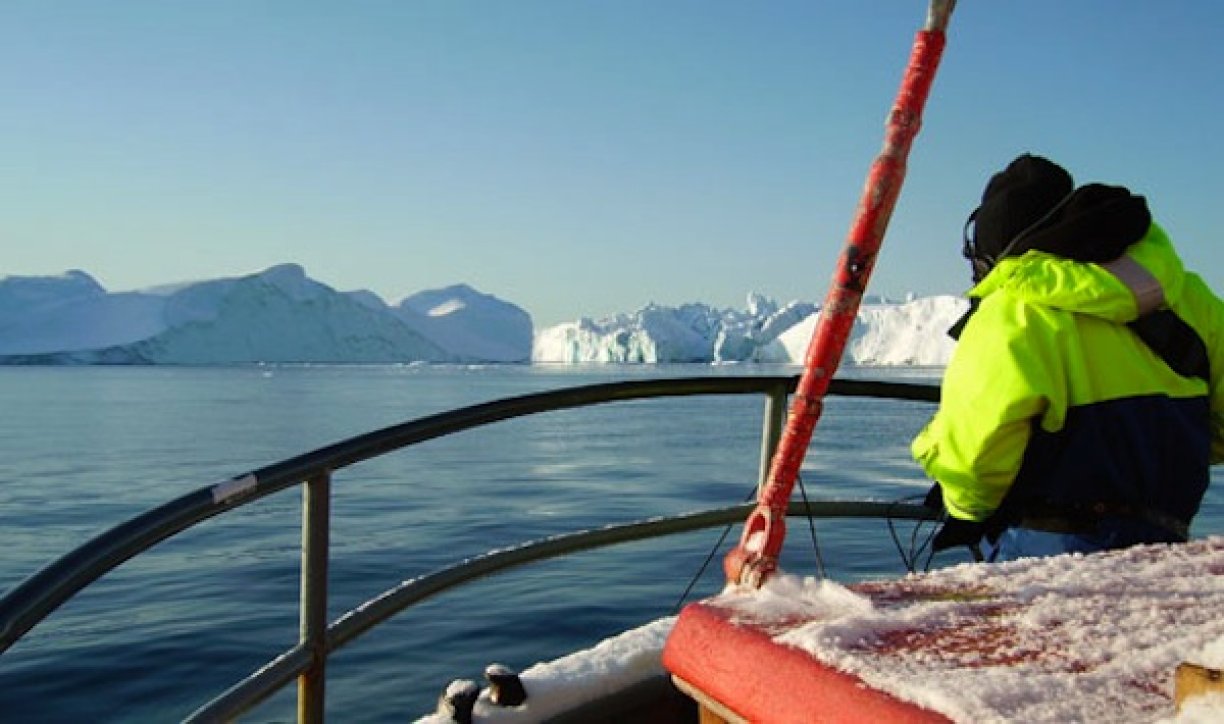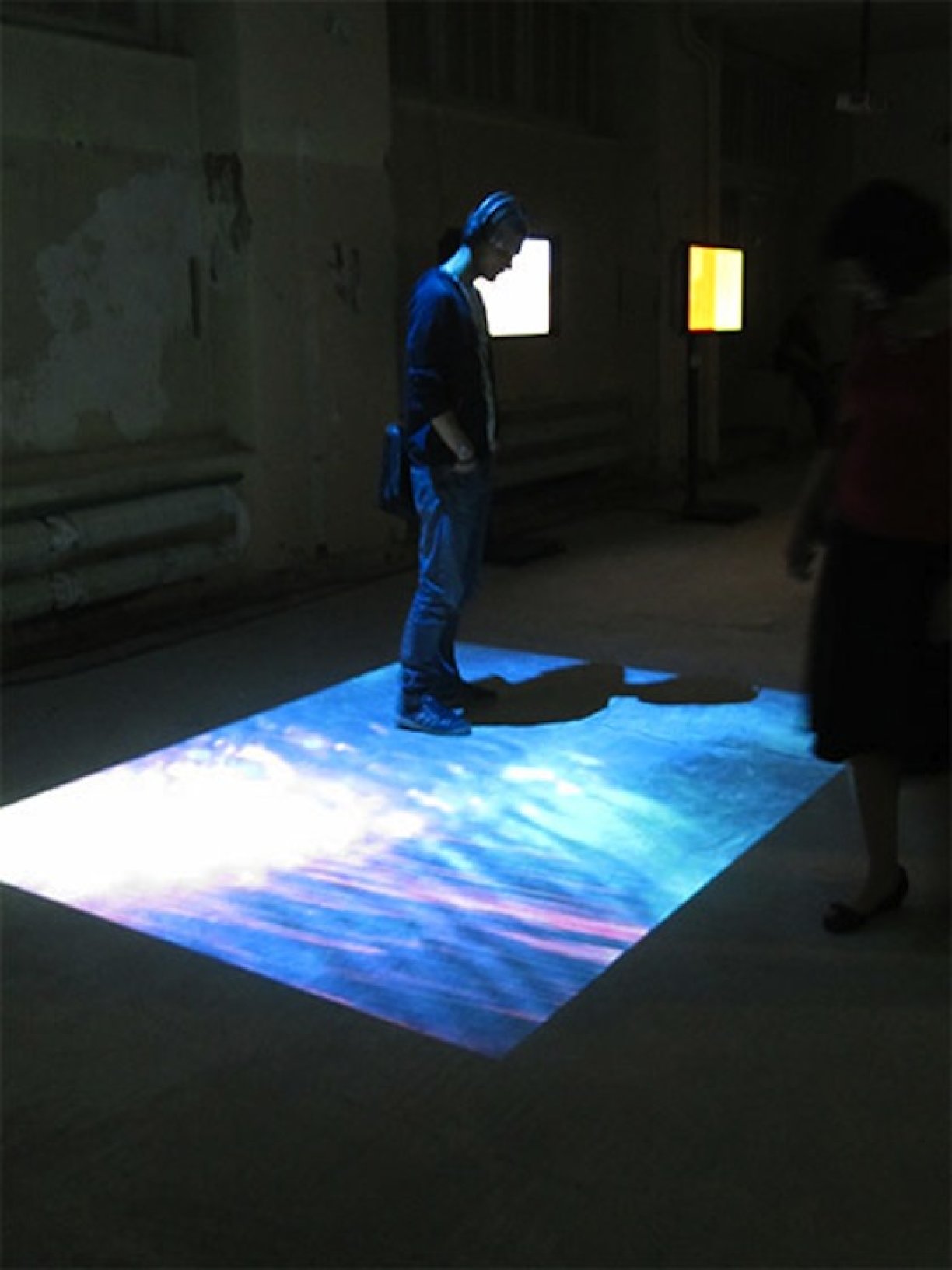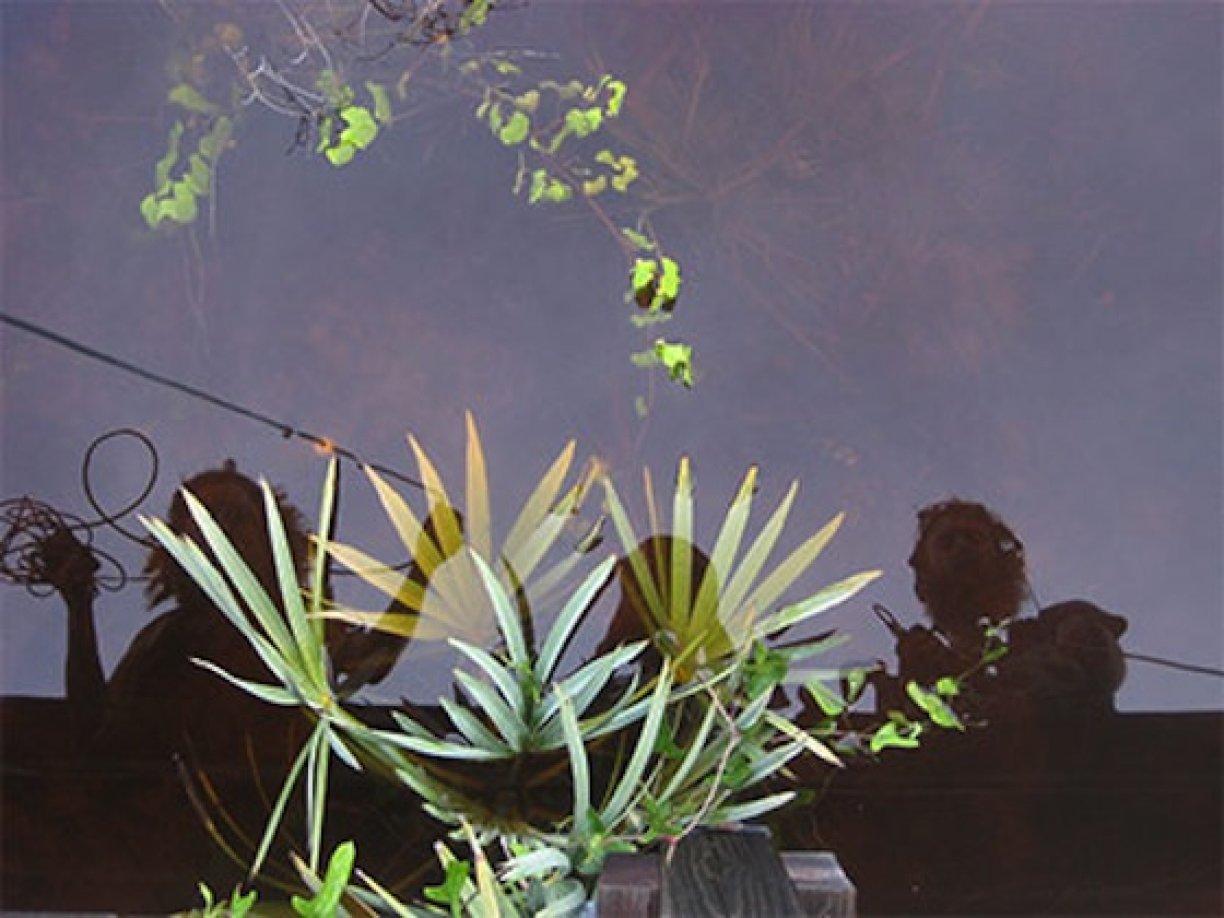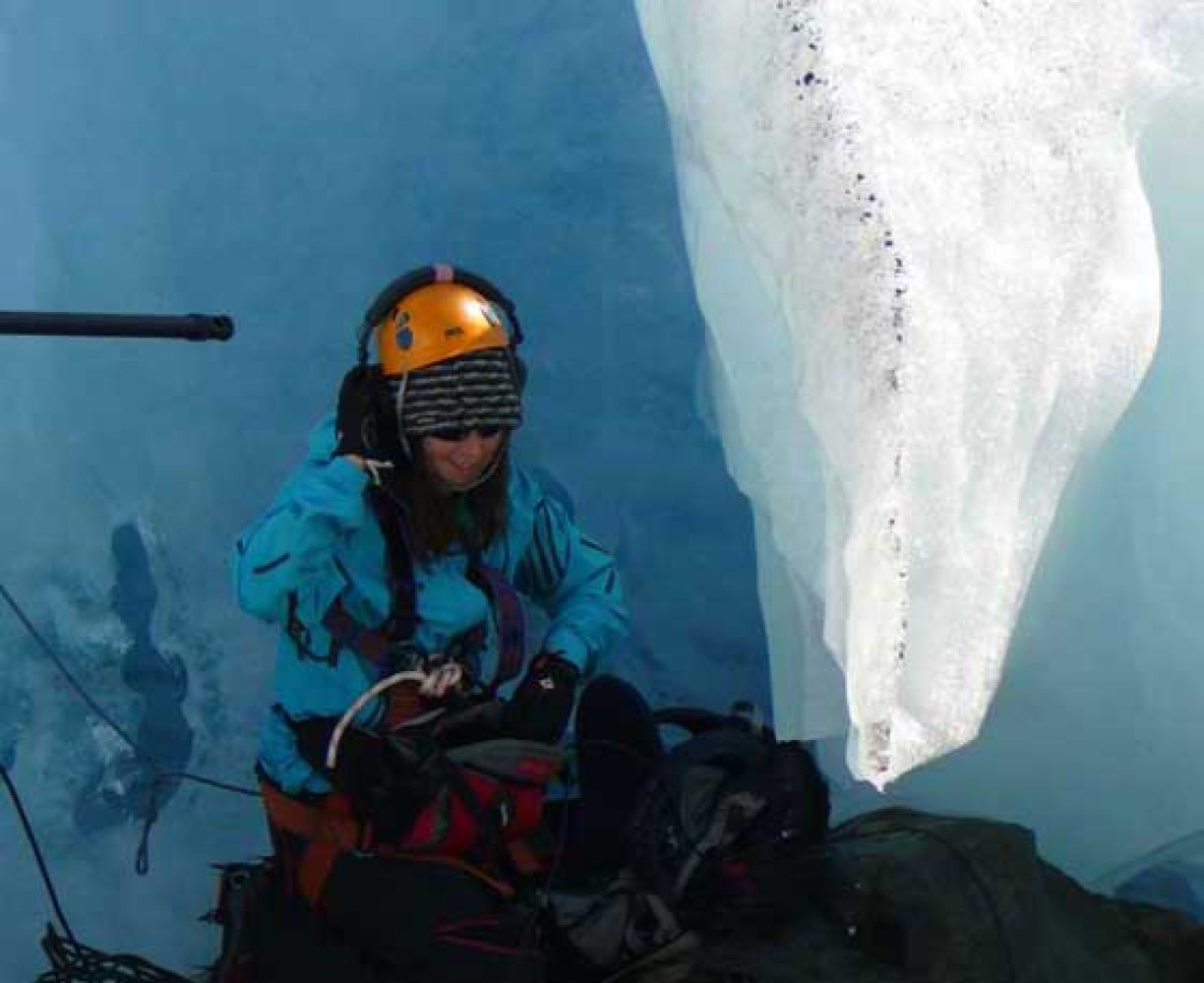The Sonic Unconscious brings together three artists whose work begins in the field: Jana Winderen, Yolande Harris and Gina Badger.
"When the fissures between mind and matter multiply into an infinity of gaps, the studio begins to crumble like the House of Usher, so that mind and matter get endlessly confounded."—Robert Smithson
Pierre Schaeffer’s term acousmatic music—recorded sounds, arranged on tape—produces the first audible interstice between sound and its source. By imagining the cut to be clean, the mechanisms of reproduction create a sonic fetish: the tape. The disembodied sounds of the tape or record, alienated from their sources, create a metaphysical field for exploration of pure sound isolated from the visible. This surgical move, meant to attack the opticentric nature of modernism, relegates the aural into the realm of representation and replicates the privileging of sight. But what is happening at the source? Is Pythagoras unaffected by his students?
One proposition of the Sonic Unconscious is that it supposes music to be a byproduct of another desire. Just as a bird song has nothing to do with human pleasure, it is still appropriated and aestheticized by humans. Bird songs are cultivated, but how do the birds take part in this?
Navigation is perhaps an apt metaphor for thinking about the above practices because it relies less on presentation of an object through image or playback, and instead suggests provisional linkages between the non-place of the work and the site of the presentation. In order to navigate, you have to be somewhere.
Experimentation here is concretely linked to being in the field, to an active exploration of heterotopic space. Expression is a conscious function of the symbolic realm; The Sonic Unconscious brings together artists working on site, working through a wide spectrum in order to elicit material change.
Jana Winderen, a sound artist and acoustic researcher based in Oslo with a background in mathematics, chemistry and fine arts, begins her compositional process in any number of unpredictable locations: “in the boat or hanging on a rope in a crevasse.” Describing her work as blind field recording, Winderen often embarks on long treks to search for unique sonic environments to source sounds for her elaborate performances and installations. Using hydrophones to record biotic and abiotic sounds, she then mixes these recordings into her layered compositions—uncanny semblances of inaccessible places.
Yolande Harris creates technological interventions in the gaps between phenomenal experience and mapped data. Her practice, fundamentally ecological in nature, takes sound as its primary material and subject and purports to unhinge anthropomorphic concepts through purposeful misuse of technology. Technologies produce machinic images—images or sounds not informed by human consciousness—as a byproduct of their intended purposes. Harris’ work explores this excess.
Gina Badger works in the expanded field of sculpture and installation, encompassing new media and post-studio elements such as gardening, workshops, and meals. Her current thematic concerns deal with urban ecologies and environmental histories, while her projects tend to blur the line between artistic production and reception of the work. Using what she terms critical prosthetics—prosthetic devices that carry out a non-normalizing or hegemonic function—Badger often works in small groups at site specific locations with these tools, creating embodied interventions and explorations in the field.





